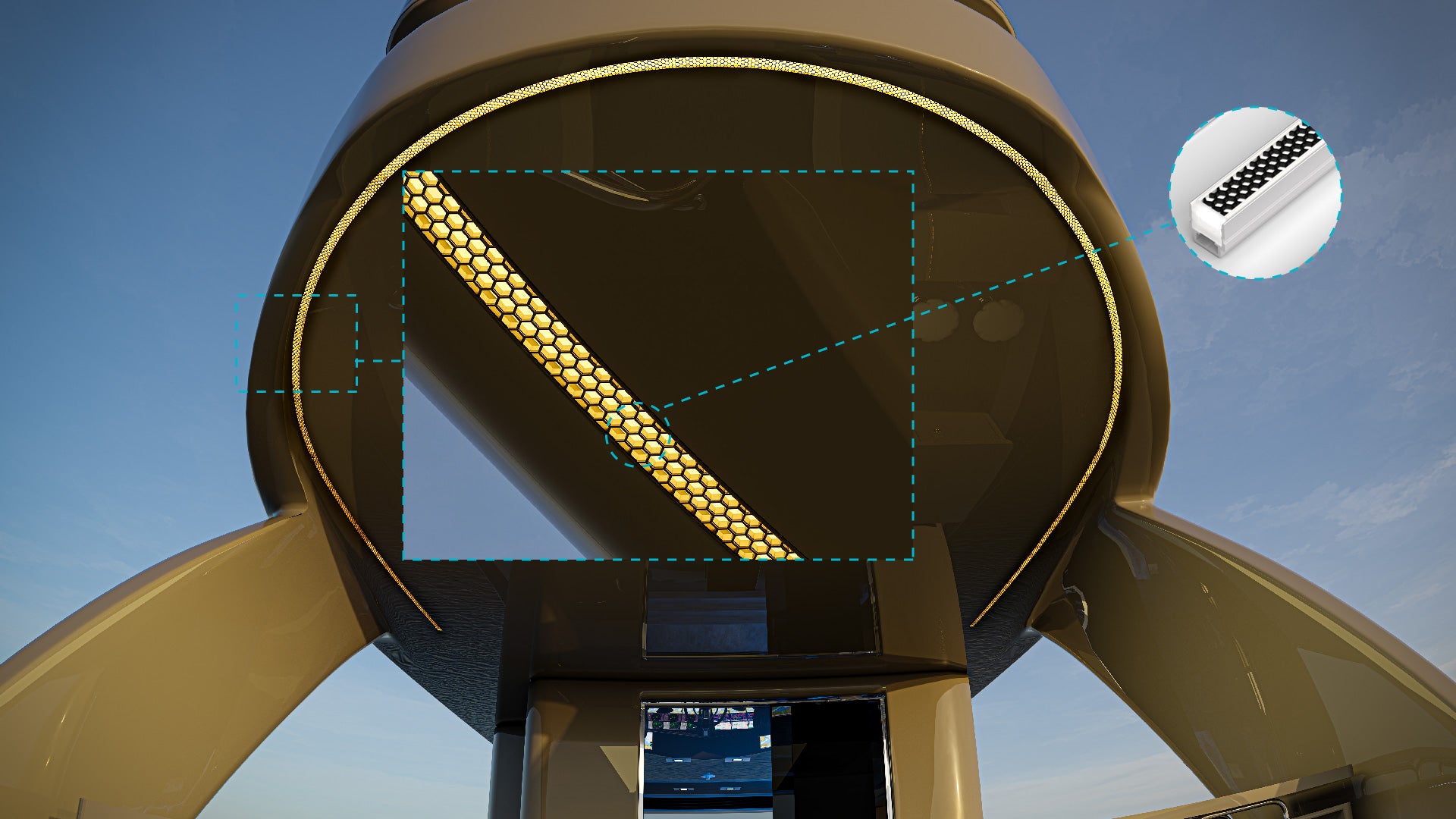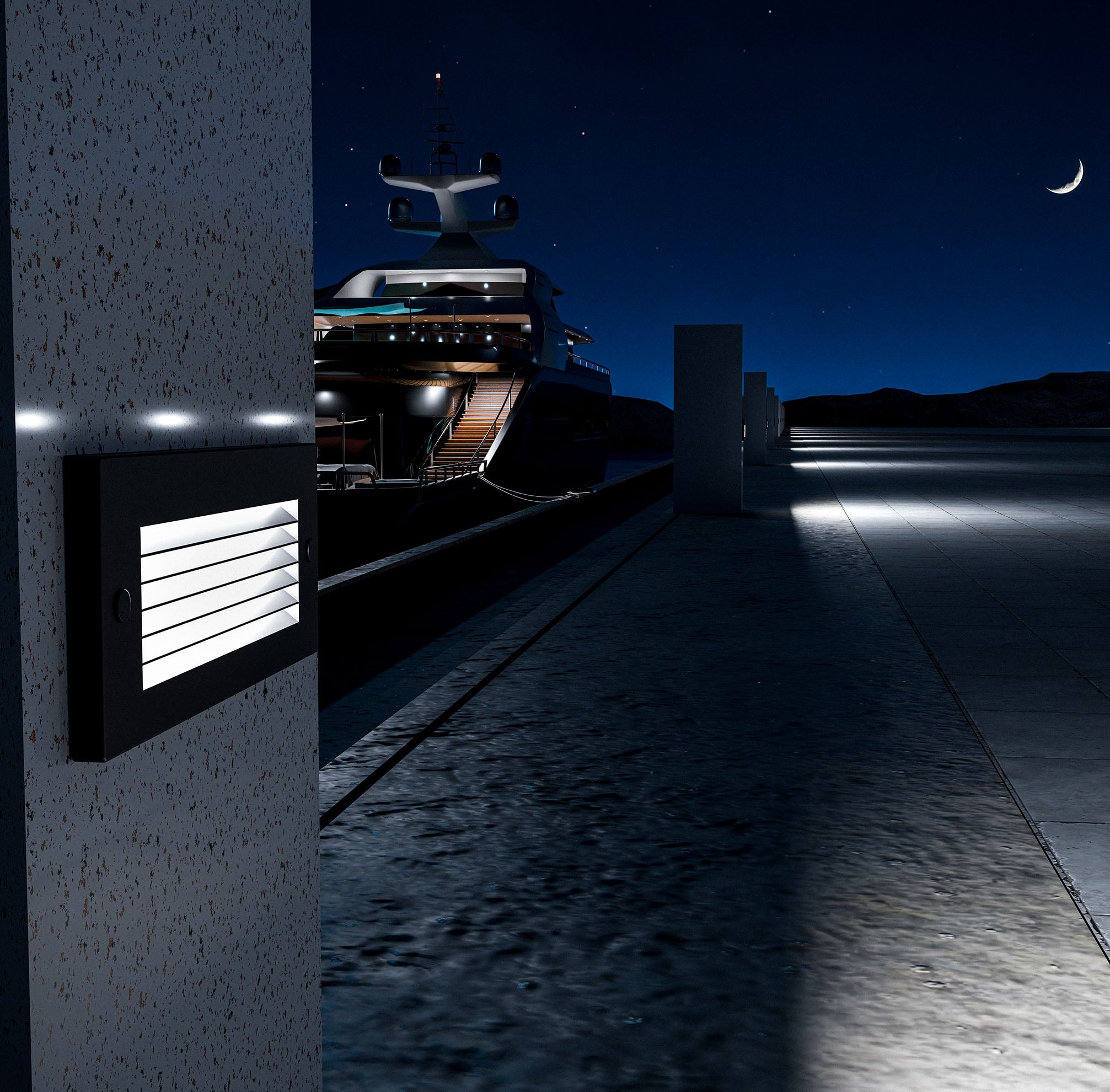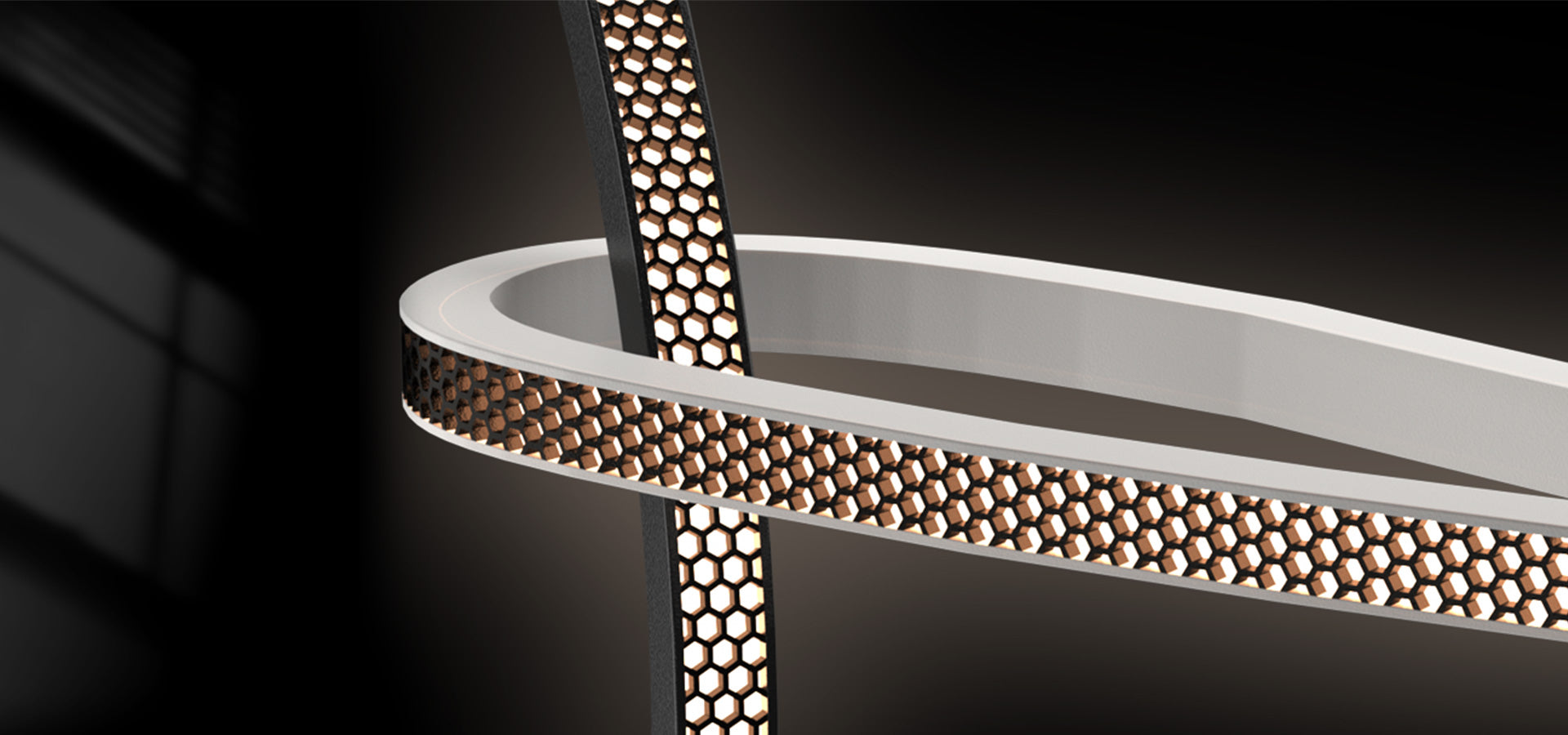What is the Keel of a Boat?
Keel refers to the structural backbone of a boat or ship, running longitudinally along the bottom of the hull from the bow to the stern. The keel provides the primary foundation upon which the rest of the vessel is built, lending stability, strength, and balance to the overall structure. Acting like a spine, it supports the framework of the hull and distributes the boat's weight evenly across the water, helping to prevent tipping or capsizing. This fundamental component is critical to a boat’s ability to navigate smoothly and maintain stability, especially in rough seas or when subject to strong winds.
There are several types of keels, each suited to different styles of boats and specific marine activities. For instance, sailboats often have a fin keel, a narrow, deep structure that provides counterbalance against the force of the wind on the sails, allowing for improved maneuverability and speed. In contrast, a full-length keel extends along most of the hull’s length and offers greater stability, making it popular for larger cruising vessels that prioritize steadiness over speed. Other designs, like bilge keels, consist of two smaller keels on either side of the hull, allowing the boat to sit upright on the seabed, making them ideal for shallow or tidal waters.
What does the Keel of a Boat do?
The keel also plays a significant role in a boat’s ability to sail effectively against the wind, a maneuver known as “tacking.” By providing underwater resistance, the keel counteracts the sideways force of the wind, allowing the vessel to move forward instead of drifting. This functionality is particularly important in sailing, where the keel’s balance between weight and depth greatly affects performance and handling.
Context about the Keel
In addition to its practical functions, the keel serves as an essential safety component. Its weight, often made of materials like lead or cast iron, lowers the boat’s center of gravity, reducing the risk of capsizing in rough waters. In recreational and commercial boating alike, a well-designed keel is indispensable for stability, safety, and efficient movement on the water. Understanding the keel’s role and design is fundamental to comprehending how boats handle different water conditions and why certain vessels are better suited to specific types of marine activities.








